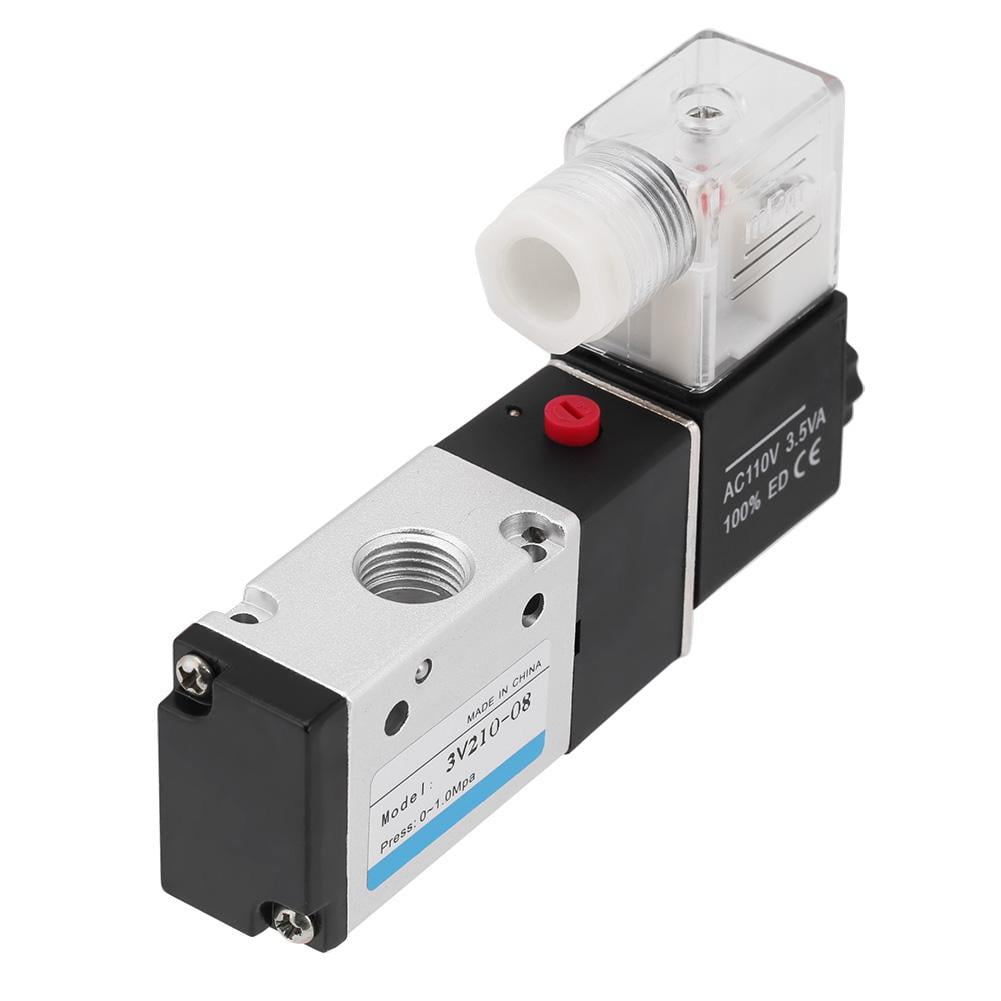

This is the most popular directional control valve because it can extend and retract double-acting cylinders, providing a wide range of control capabilities. Flow of supply air or exhaust, for each position, is defined by the information in each box. The number of boxes indicates the number of positions, typically two or three. The actuation methods are on the left and right of the symbol, and can be thought of as pushing the boxes left or right. The pneumatic symbol for a valve has three parts: actuation (how the valve is actuated), position (the number of positions and ports) and flow (how the air flows through the device). This configuration has a strong influence on the device the valve is controlling, and understanding this is critical for specifying the proper valve for the application. With pneumatic valves, the configuration or valve type indicates how air is connected to the device and switched through the valve. The valve can also be internally air piloted, enabling use of a smaller integrated electric solenoid to provide an air pilot signal to control the larger valve spool. Typical solenoid control voltages are 12VDC, 24 VAC/DC, 120VAC or 240VAC.Īir piloted valves are operated by an external air source such as a solenoid operated valve in a remote location. Solenoid operated valves use an electrical coil to control the position of a poppet, plunger or spool to open or close a valve. An operator controls the activated position of the valve, and a spring or the operator returns the valve to its home position. Manually activated valves are typically switched open and closed by a foot pedal, toggle actuator, handle, knob or push button. Another very common valve is a 4-way valve which switches supply and exhaust between two outlet ports.

In their simplest form, 2-way and 3-way valves can be normally open (NO) or normally closed (NC), terms that refer to their normal states without power applied. Pneumatic valves, also called directional control valves, are activated in a variety of ways including manually, solenoid operated and air piloted. Instead of distributing electric power to motors, drives and other devices, pneumatic valves distribute air to cylinders, actuators and nozzles.

In the pneumatic world, valves are the equivalent of relays controlling the flow of electricity in automation systems.


 0 kommentar(er)
0 kommentar(er)
